Spring Lake’s Trusted: Affordable Backflow Preventer Repair & Quick Emergency Services
Regular water system diagnostics and certified backflow preventer repair services in Spring Lake are…….
Introduction
In Spring Lake, as in many communities, the integrity of the water supply is paramount to public health and safety. A backflow preventer is a critical component in safeguarding this supply by preventing contaminated water from flowing back into the potable water system. This article delves into the intricacies of “Backflow Preventer Repair Spring Lake”, its importance, and the various aspects that contribute to its maintenance and effectiveness. Readers will gain a comprehensive understanding of the subject, from its core components to the broader implications it holds for the community.
Understanding Backflow Preventer Repair Spring Lake
A backflow preventer is a device that protects the drinking water supply by preventing backflow, which occurs when there is a loss of pressure in the potable water system and a higher pressure in the source of contamination, causing water to flow in the opposite direction. In Spring Lake, as mandated by state and local regulations, regular repair and maintenance of these devices are crucial to ensure public health and comply with safety standards.
The backflow preventer typically consists of several check valves and a mechanical or reduced-pressure zone assembly. The repair process involves inspecting the device for leaks, corrosion, and physical damage that could compromise its functionality. Understanding the anatomy and function of these devices is key to effectively maintaining them.
Global Impact and Trends
The concept of backflow prevention is not isolated to Spring Lake; it is a global concern with varying degrees of implementation and enforcement worldwide. The trends in this field reflect a growing awareness of water safety and the technological advancements that improve backflow preventer systems’ efficiency and reliability. Regions with aging infrastructure face unique challenges, while areas with rapidly developing water networks strive to integrate effective backflow prevention measures from the outset.
Economic Considerations
The economic impact of backflow preventer repair is significant. The costs associated with installation, maintenance, and repair are a consideration for both public utilities and private property owners. Market dynamics play a role in the supply and demand for these services, with economic conditions influencing investment patterns. In Spring Lake, the investment in backflow prevention infrastructure not only protects public health but also supports local jobs and contributes to the economy by necessitating skilled technicians and engineers.
Technological Advancements
Technological advancements have led to more reliable and easier-to-maintain backflow preventer systems. Innovations such as automatic shut-off valves, smart sensors for real-time monitoring, and durable materials that resist corrosion have enhanced the performance of these devices. The future potential of these technologies includes integration with IoT (Internet of Things) systems for remote monitoring and predictive maintenance.
Policy and Regulation
A robust regulatory framework governs backflow preventer repair in Spring Lake, ensuring compliance with safety standards. Policies dictate the frequency of testing, the qualifications of personnel performing repairs, and the protocols for reporting any instances of contamination or malfunction. These regulations are critical in safeguarding the water supply and are reflective of a larger commitment to environmental stewardship and public health.
Challenges and Criticisms
One of the primary challenges in backflow preventer repair is ensuring consistency and quality across all repairs, as inconsistencies can lead to potential health hazards. Criticisms often center around the lack of awareness among property owners regarding their responsibilities, which can lead to neglected systems and increased risk of contamination. Strategies to overcome these issues include public education campaigns, standardized repair protocols, and regular inspections.
Case Studies
Several case studies highlight the successful implementation of backflow preventer repair in Spring Lake. One such study focuses on a large-scale residential area where consistent monitoring and timely repairs significantly reduced instances of water contamination. Another case examines a local business that, after a backflow incident, invested in advanced prevention systems, which have since proven their effectiveness. These studies provide valuable insights into the practical application of backflow preventer repair and its impact on community safety.
Future Prospects
Looking ahead, the outlook for backflow preventer repair in Spring Lake is promising. Emerging trends suggest a move towards more sophisticated systems that are both environmentally friendly and cost-effective. Strategic considerations include the integration of new technologies, the development of community awareness programs, and the enforcement of stringent maintenance schedules to preemptively address potential issues.
Conclusion
This article has provided an in-depth look at “Backflow Preventer Repair Spring Lake”, from its fundamental components to the broader implications for public health and safety. The importance of regular repair and maintenance cannot be overstated, as it serves as a bulwark against water contamination. As communities like Spring Lake continue to innovate and adapt, backflow preventer repair will remain a critical component in safeguarding one of our most vital resources: clean drinking water.
FAQ Section
What is a backflow preventer?
A backflow preventer is a device that prevents contaminated water from flowing back into the potable water supply.
How often should backflow preventers be tested?
Backflow preventers should typically be tested annually by a certified professional to ensure they are functioning correctly.
Who is responsible for maintaining backflow preventers in Spring Lake?
Both private property owners and public utilities share the responsibility for maintaining backflow prevention devices in compliance with local regulations.
What happens if a backflow preventer fails?
If a backflow preventer fails, there is a risk of water contamination, which can lead to health hazards and the need for extensive water line repairs or replacement.
Are there different types of backflow preventers?
Yes, the most common types are the Reduced Pressure Principle (RPP), Pressure Vacuum Breaker (PVB), and Atmospheric Vacuum Breaker (AVB). Each type is suitable for different applications based on water pressure and flow conditions.
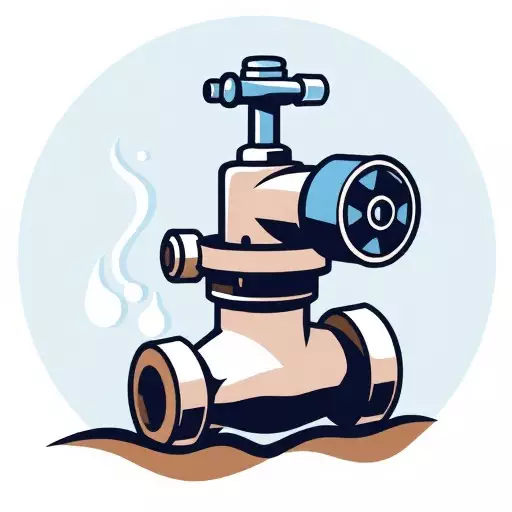
Regular water system diagnostics and certified backflow preventer repair services in Spring Lake are…….
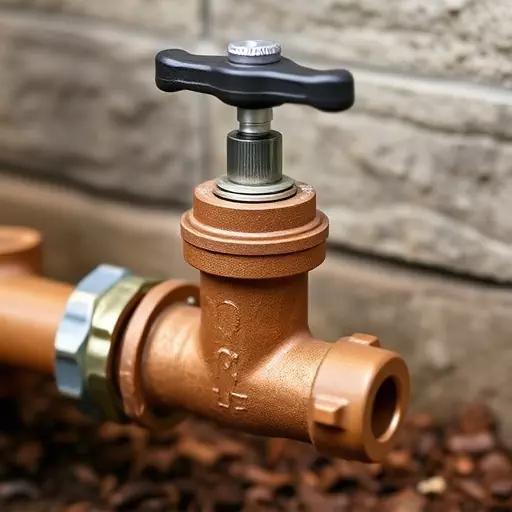
Backflow preventers are crucial for maintaining clean water supplies in Spring Lake, and certified e…….
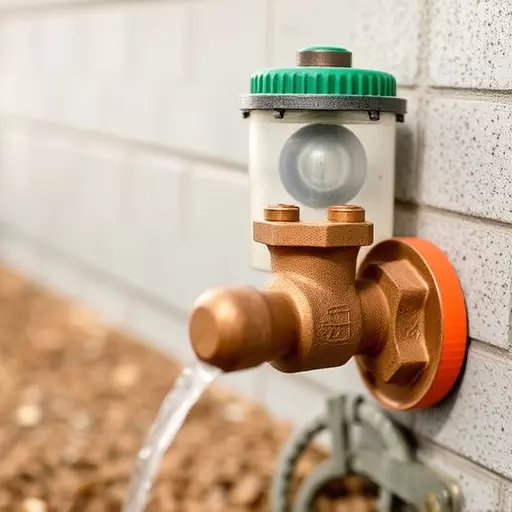
Backflow preventers are crucial for protecting potable water in Spring Lake, requiring regular maint…….
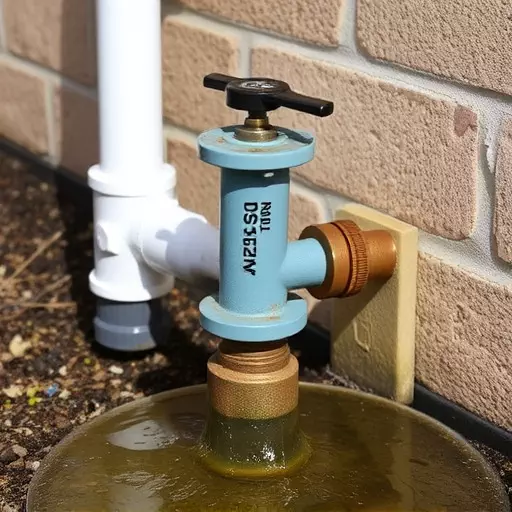
Fire suppression backflow systems in Spring Lake require certified emergency backflow preventer repa…….
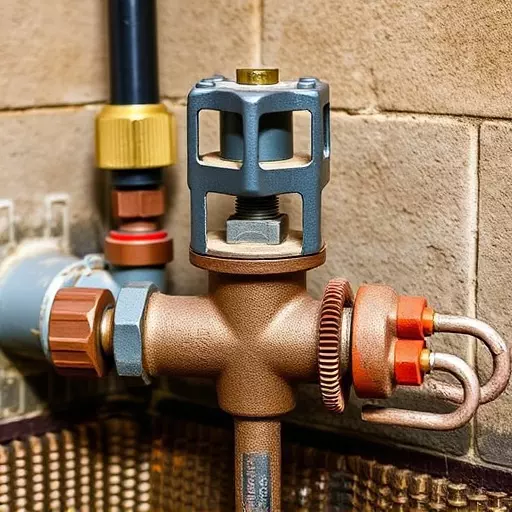
Backflow diaphragm failures in Spring Lake water systems due to corrosion or pressure buildup pose s…….
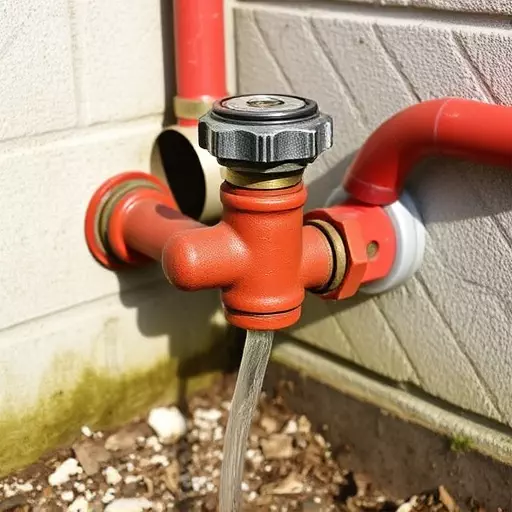
Backflow preventers are crucial for protecting water supplies in Spring Lake by stopping contaminate…….
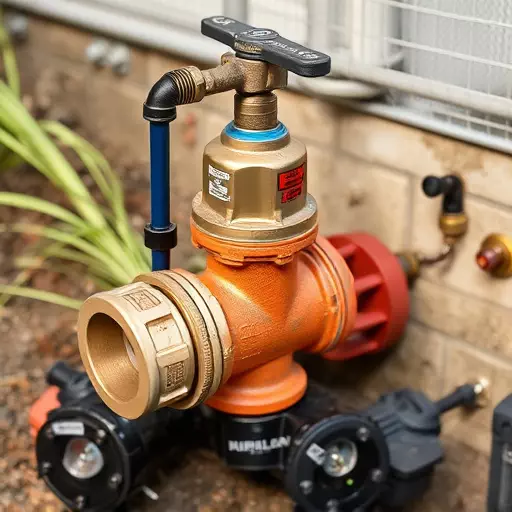
Backflow valves are crucial for clean drinking water, but failures due to age, corrosion or improper…….
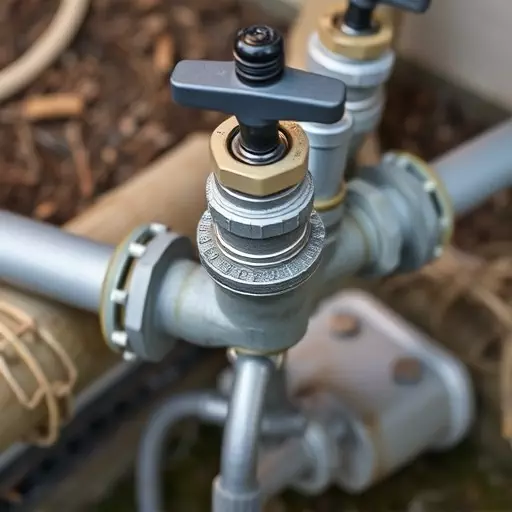
Backflow preventers are vital for maintaining water purity in Spring Lake by guarding against contam…….
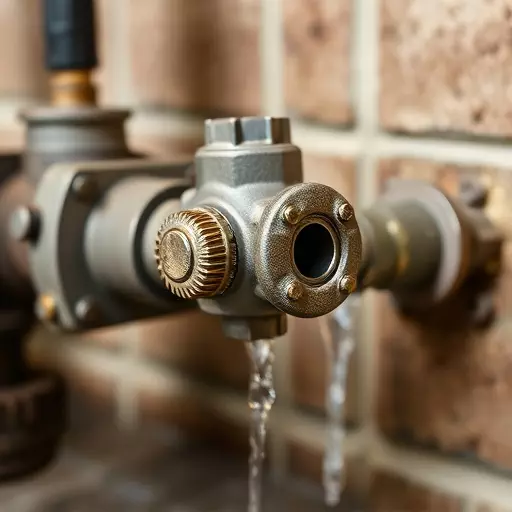
Backflow preventers in high-rise buildings are crucial for water quality and safety. Certified profe…….